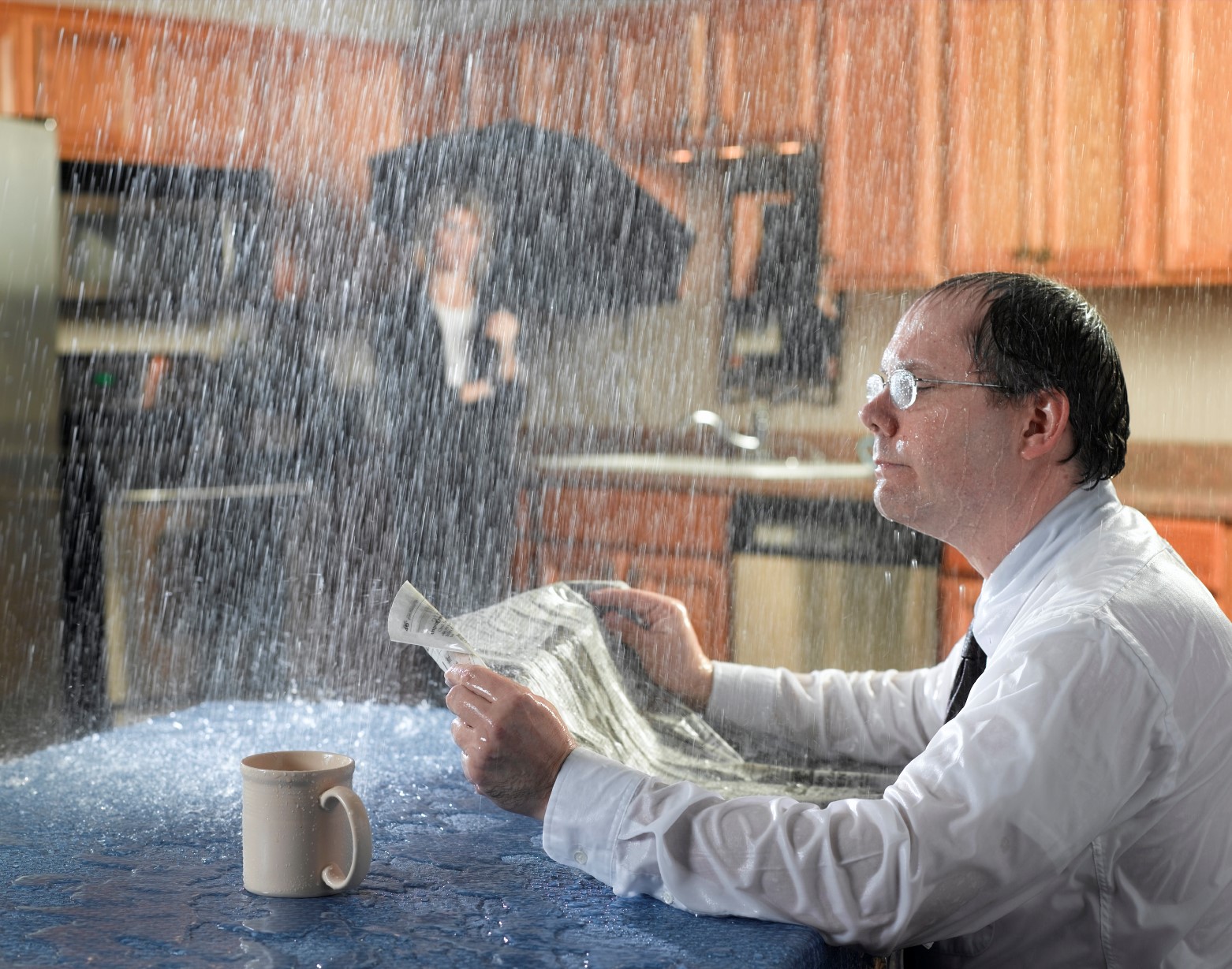Understanding What Leads To Water Seepage Occur So Often in Your Home
Understanding What Leads To Water Seepage Occur So Often in Your Home
Blog Article
Were you on the lookout for information around Top Causes of Home Water Leaks?

Leaks not just trigger waste of water but can additionally trigger unneeded damages to your house and also advertise undesirable organic development. Sadly, water leaks may go unnoticed because the majority of the pipework in our house is hidden. By looking as well as recognizing for day-to-day circumstances that trigger leakages, you can safeguard your house from future leaks and unnecessary damages. Today, we will take a look at six leakage causes that may be triggering your pipes to trickle.
Instantaneous temperature level changes.
Extreme temperature level changes in our pipelines can cause them to increase and get suddenly. This growth and contraction may trigger cracks in the pipelines, specifically if the temperature are below cold.
Rusty water supply
As time goes by, your plumbing system ages and rust such as corrosion may start gnawing the pipelines. This may be the cause of discoloration or bending on your water pipes. This calls for an assessment with your plumber quickly. Consider changing the pipelines since they are at a greater risk of deterioration than the more recent designs if our plumbing system is old.
Faulty Pipe Joints
Pipeline joints can wear away over time, resulting in water leakages. If you have noisy pipes that make ticking or banging sounds, particularly when the hot water is transformed on, your pipeline joints are most likely under a whole lot of pressure.
Elbowing in roots
Most water leakages begin outside your home as opposed to inside it. If you observe a sudden decrease in water stress, say in your faucet, take some time to go out and also analyze your backyard. You may observe wet patches or sinkholes in your yard, which might imply that tree origins are attacking water lines causing water to seep out. You can have your plumber look for invasion, particularly if you have trees or bushes near your residential property.
Poor Water Connectors
Sometimes, a leakage can be brought on by loosened hoses and pipelines that provide your appliances. Generally, changing is what causes the loose water Links. You might locate when it comes to a cleaning machine, a tube may spring a leakage as a result of trembling during the spin cycle. In case of a water connections leak, you might observe water running directly from the supply line or puddles around your home appliances.
Obstructed Drains
Obstructed drains pipes might be bothersome as well as inconveniencing, yet they can in some cases end up triggering an overflow resulting in break pipelines. Maintain getting rid of any kind of materials that may decrease your drains pipes that could obstruct them to avoid such aggravations.
All the above are root causes of leakages but not all water leaks arise from plumbing leaks; some leaks may originate from roofing system leaks. All leaks must be fixed promptly to avoid water damage.
Leakages not just trigger waste of water however can also cause unneeded damage to your residence and also promote unwanted natural development. By looking and also comprehending for daily scenarios that create leaks, you can protect your residence from future leakages and also unnecessary damages. Today, we will look at 6 leakage creates that may be creating your pipes to trickle.
At times, a leak can be triggered by loosened pipes and also pipes that provide your devices. In case of a water connections leakage, you may see water running straight from the supply line or puddles around your home appliances.
How To Check For Water Leak In Your Home
How To Check for Leaks
The average household's leaks can account for nearly 10,000 gallons of water wasted every year and ten percent of homes have leaks that waste 90 gallons or more per day. Common types of leaks found in the home are worn toilet flappers, dripping faucets, and other leaking valves. These types of leaks are often easy to fix, requiring only a few tools and hardware that can pay for themselves in water savings. Fixing easily corrected household water leaks can save homeowners about 10 percent on their water bills.
To check for leaks in your home, you first need to determine whether you're wasting water and then identify the source of the leak. Here are some tips for finding leaks:
Take a look at your water usage during a colder month, such as January or February. If a family of four exceeds 12,000 gallons per month, there are serious leaks.
Check your water meter before and after a two-hour period when no water is being used. If the meter changes at all, you probably have a leak.
Identify toilet leaks by placing a drop of food coloring in the toilet tank. If any color shows up in the bowl after 10 minutes, you have a leak. (Be sure to flush immediately after the experiment to avoid staining the tank.)
Examine faucet gaskets and pipe fittings for any water on the outside of the pipe to check for surface leaks.
Undetected water leaks can happen without the home or business owner even realizing. If you suspect a water leak, but not able to find the source. It is time to contact a professional water leak detection service, The Leak Doctor.
How To Find a Water Leak In Your Home
https://www.leakdoctor.com/blog/How-To-Check-For-Water-Leak-In-Your-Home_AE197.html

We were made aware of that write-up on How to detect water leaks in your home from a good friend on our other web address. Please take the opportunity to promote this post if you enjoyed it. Thank you so much for taking the time to read it.
Schedule Now Report this page